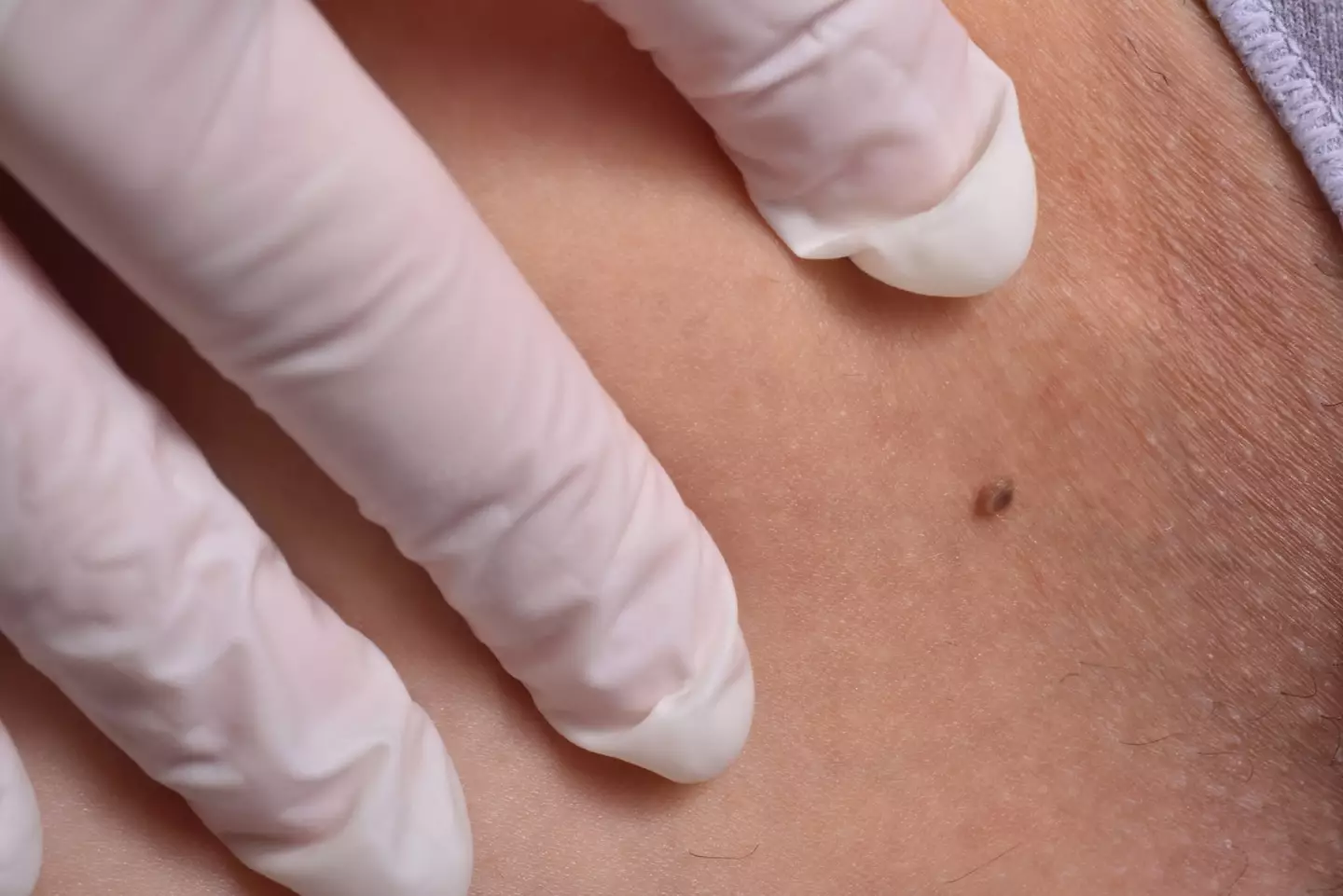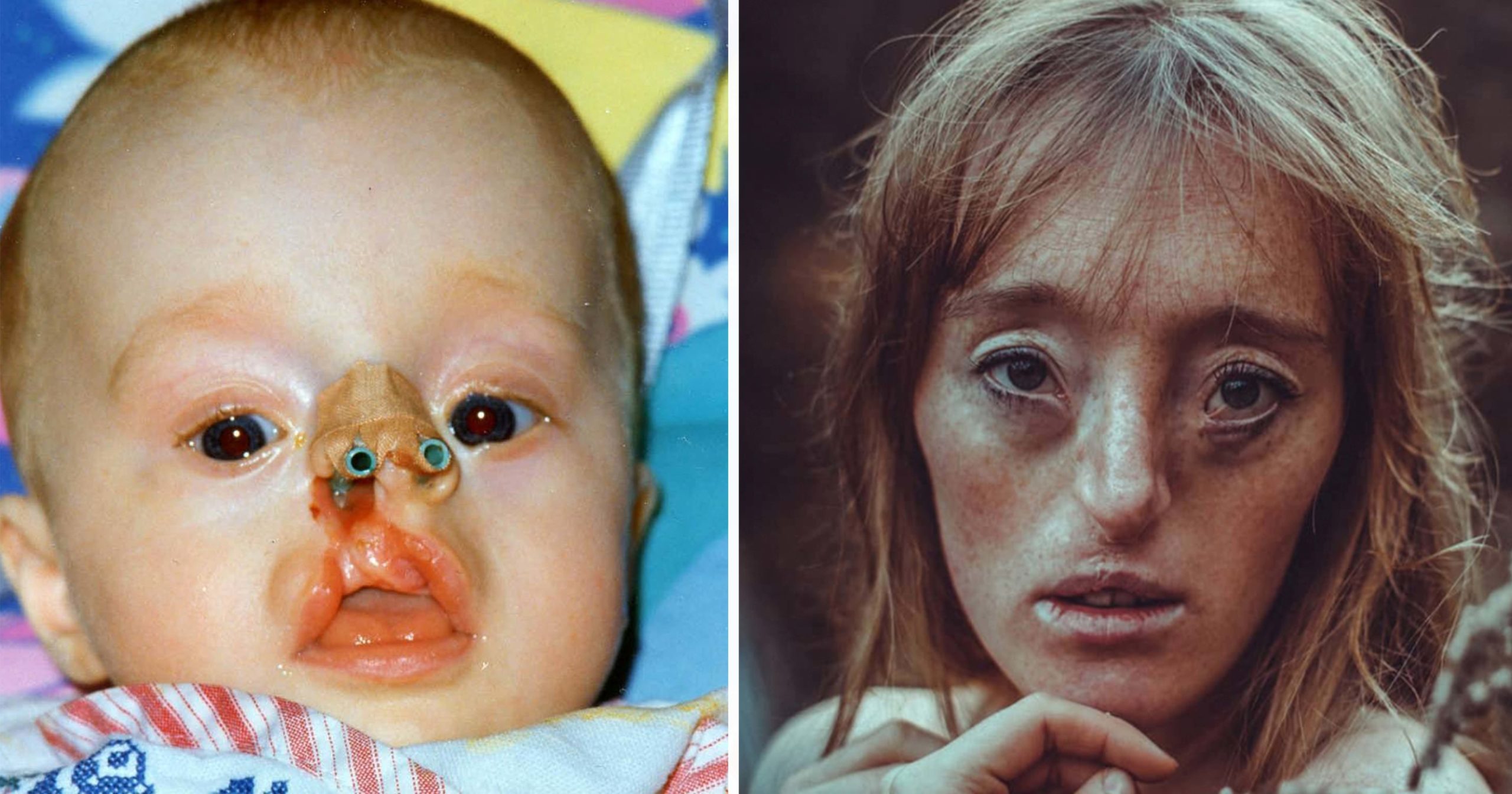Experts reveal subtle signs of marks on your skin that could mean you have deadly cancer
Medical experts are raising the alarm on certain skin marks that may signal an underlying and potentially deadly condition. This renewed focus on skin health follows the shocking diagnosis of multiple brain tumors in reality star Teddi Mellencamp, a former cast member of The Real Housewives of Beverly Hills.
Mellencamp, 43, recently revealed that she has several malignant masses in her brain after suffering from weeks of debilitating headaches. Doctors believe these tumors have been growing undetected for the last six months. The news has drawn attention to the link between melanoma—an aggressive form of skin cancer—and brain metastases.
A History of Skin Cancer
Mellencamp has already battled melanoma, a disease that affects approximately 100,000 Americans annually. In 2022, she was diagnosed with stage two melanoma and has since undergone 16 surgeries to remove cancerous growths. Her latest diagnosis suggests that her prior skin cancer has spread to her brain, a dangerous progression that is not uncommon for melanoma patients.


Melanoma can rapidly spread (Getty Stock Image)
What is Melanoma?
According to the Mayo Clinic, melanoma originates in the melanocytes, the cells responsible for producing melanin, the pigment that gives skin its color. While it most often appears on sun-exposed areas such as the arms, back, face, and legs, melanoma can also develop in the eyes and, in rare cases, inside the body in areas like the nose or throat.
One of the most concerning aspects of melanoma is its aggressive nature. Unlike other skin cancers, melanoma has the potential to spread rapidly to other organs, including the brain. The organization AIM at Melanoma reports that more than 60% of stage IV melanoma patients will develop brain metastases at some point in their illness.


Irregular shaped and uneven toned moles and marks should be checked (Getty Stock Image)
Signs of Melanoma: What to Look For
Experts urge the public to monitor their skin closely, as melanoma can sometimes be mistaken for harmless moles or blemishes. Some key warning signs include:
- Irregular Shape: Unlike typical moles, melanoma spots often have uneven, jagged edges.
- Unusual Colors: Melanoma lesions tend to be a mix of tan, brown, black, or even red, blue, or white.
- Asymmetry: If one half of the mole looks different from the other, it could be a sign of melanoma.
- Size Changes: Melanoma spots may grow or change in appearance over time.
The Moffitt Cancer Center warns that melanoma moles tend to differ in size, shape, or color from other harmless moles and should be checked by a dermatologist if any changes are noticed.
The Rising Threat of Melanoma
Melanoma is on the rise in the United States, claiming up to 8,000 lives annually. Its ability to spread silently throughout the body makes early detection critical. Once melanoma metastasizes to the brain, symptoms can include severe headaches, seizures, vision impairment, nausea, weakness, and fatigue.
Alarmingly, those diagnosed with melanoma may also be at higher risk for developing other types of cancer, including breast, kidney, and thyroid cancer. This underscores the importance of regular health screenings and prompt medical attention for any suspicious skin changes.
Treatment and Prognosis
Treating melanoma that has spread to the brain can be challenging. Standard treatment options include:
- Surgery: Reserved for patients with limited brain metastases (usually fewer than three tumors) and controlled cancer in other parts of the body.
- Radiation Therapy: Used to target and shrink brain tumors.
- Chemotherapy and Targeted Therapy: Depending on the case, specific drugs may be used to slow the spread of cancer.
According to AIM at Melanoma, surgery may be curative for some patients, but those with multiple tumors or tumors located in critical areas of the brain may not be eligible for surgical intervention.
The Takeaway: Prioritize Skin Health
Medical professionals emphasize that early detection is the key to improving survival rates. Regular self-checks and professional skin screenings can help identify melanoma before it has the chance to spread.
If you notice any unusual marks or moles on your skin, don’t ignore them—schedule a check-up with a dermatologist as soon as possible. Catching melanoma early can make all the difference in treatment outcomes and survival.
By staying vigilant and prioritizing skin health, you can reduce your risk and protect yourself from this potentially deadly disease.












